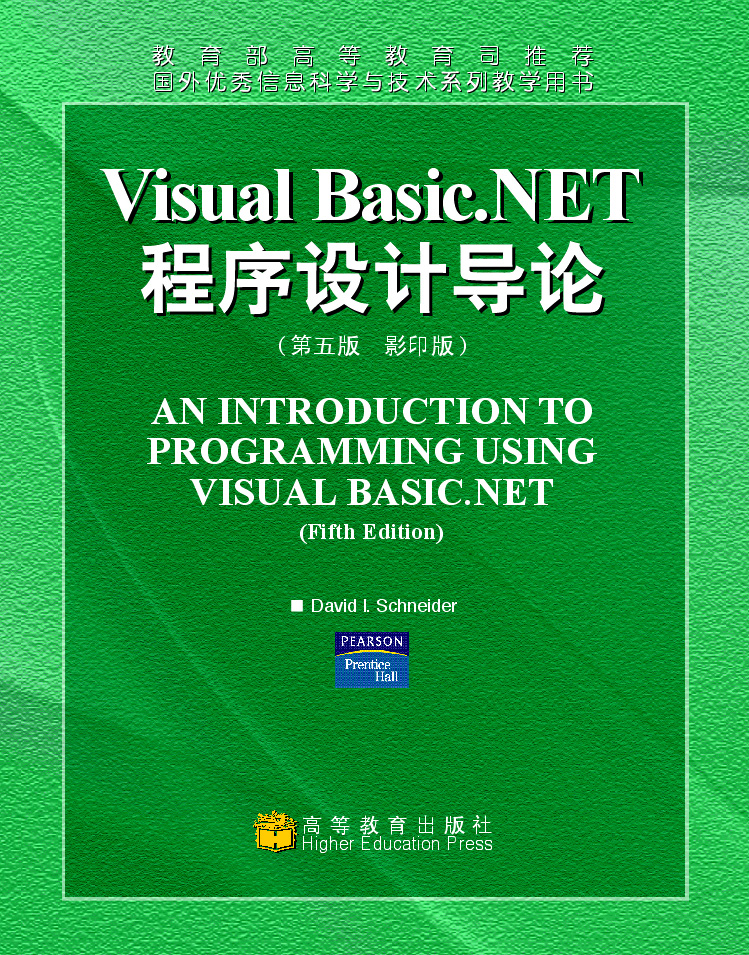英语公共演讲技巧
¥32.00定价
作者: Dona J.Yong等
出版时间:2008-12
出版社:华东师范大学出版社
- 华东师范大学出版社
- 9787561763445
- 177202
- 51151221-2
- 2008-12
- 文学
- 外国语言文学
- H319.9
- 英语
内容简介
本书以商务主题为主线,贯穿商务技能训练,切实提高商务英语专业或从业人员的商务写作能力。 本书特有的设计理念: 热身活动 在每章开头设有一项小组活动,使学生对将学到的内容有初步了解。每章末的整理活动旨在检查学生对热身活动的完成情况。 沟通无限 说明有效沟通在现实生活中的重要意义。 工作技巧 介绍工作场合会用到的各种技巧。 放眼全球 介绍跨文化交际中的知识。 批判性思考 要求把现实生活中的知识与课本内容联系起来。 每章末尾大篇幅的回顾与应用包括如下内容:交际挑战练习,用于提升和挑战学生的思考能力;网络链接提供大量网络资源;提供各类话题和现实问题,让学生对案例进行分析。 每章末尾的公文包式练习有利于培养学生的交际能力,练习采用循序渐进、步步为营的形式。
目录
Chapter 1
Section 1.1 Public Speaking in Everyday Living
Section 1.2 The Basics of Oral Communication
Section 1.3 The Message Takes Center Stage
Chapter 2
Section 2.1 Welcome to the Crowd
Section 2.2 Identifying Your Fears
Section 2.3 Managing Stage Fright:Strategies That Work
Chapter 3
Section 3.1 Listening-The Counterpart to Speaking
Section 3.2 The Trouble With Listening
Section 3.3 The Responsible Listener
Section 3.4 When You Are Asked to Evaluate Speeches
Chapter 4
Section 4.1 Selecting a Topic
Section 4.2 Selecting a Purpose
Section 4.3 Developing a Thesis Statement
Chapter 5
Section 5.1 Organizing an Informative Speech
Section 5.2 The Art of Persuasion
Section 5.3 Entertaining Speeches:Speaking at Special Occasions
Chapter 6
Section 6.1 Research Your Topic
Section 6.2 Effective Research
Section 6.3 Conducting an Interview
Chapter 7
Section 7.1 Creating a Custom-Made Outline
Section 7.2 Supporting Your Main Idea
Section 7.3 Adding Your Unique Style
Chapter 8
Section 8.1 Introductions and Attention Grabbers
Section 8.2 Memorable Conclusions
Section 8.3 Road Signs: Transitions in the Speech
Chapter 9
Section 9.1 Projecting Your Voice
Section 9.2 Gestures, Movement, and Eye Contact
Section 9.3 Conveying a Professional Image
Section 9.4 Practice Makes Perfect
Chapter 10
Section 10.1 Visual Aids as Support
Section 10.2 Types of Visual Aids
Section 10.3 Incorporating Visual Aids in Your Speech
Index
Section 1.1 Public Speaking in Everyday Living
Section 1.2 The Basics of Oral Communication
Section 1.3 The Message Takes Center Stage
Chapter 2
Section 2.1 Welcome to the Crowd
Section 2.2 Identifying Your Fears
Section 2.3 Managing Stage Fright:Strategies That Work
Chapter 3
Section 3.1 Listening-The Counterpart to Speaking
Section 3.2 The Trouble With Listening
Section 3.3 The Responsible Listener
Section 3.4 When You Are Asked to Evaluate Speeches
Chapter 4
Section 4.1 Selecting a Topic
Section 4.2 Selecting a Purpose
Section 4.3 Developing a Thesis Statement
Chapter 5
Section 5.1 Organizing an Informative Speech
Section 5.2 The Art of Persuasion
Section 5.3 Entertaining Speeches:Speaking at Special Occasions
Chapter 6
Section 6.1 Research Your Topic
Section 6.2 Effective Research
Section 6.3 Conducting an Interview
Chapter 7
Section 7.1 Creating a Custom-Made Outline
Section 7.2 Supporting Your Main Idea
Section 7.3 Adding Your Unique Style
Chapter 8
Section 8.1 Introductions and Attention Grabbers
Section 8.2 Memorable Conclusions
Section 8.3 Road Signs: Transitions in the Speech
Chapter 9
Section 9.1 Projecting Your Voice
Section 9.2 Gestures, Movement, and Eye Contact
Section 9.3 Conveying a Professional Image
Section 9.4 Practice Makes Perfect
Chapter 10
Section 10.1 Visual Aids as Support
Section 10.2 Types of Visual Aids
Section 10.3 Incorporating Visual Aids in Your Speech
Index
















